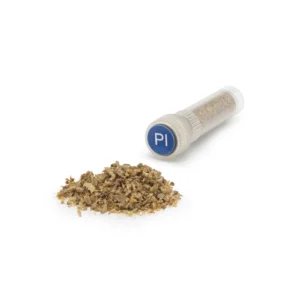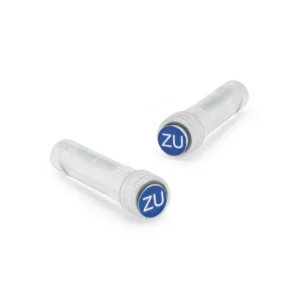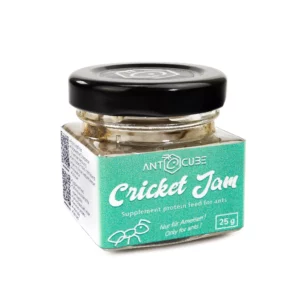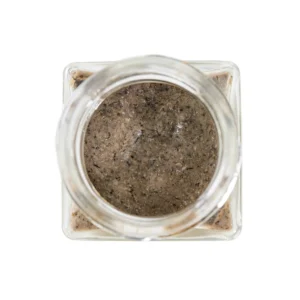Honey (for ants) Features
Natural honey for ants (fruit-eating species). Available in several types. An excellent source of nutrients in addition to live proteins.
Use: dosed in small to large quantities, depending on the size of the colony, by dropping into a test tube/outworld/formicarium. Pipette available for dosing. Ants can get stuck in too much honey.
Ingredients (may vary depending on the type of honey): approx. 38% fructose, 32% glucose, 20% water, 5% other sugars, 5% vitamins (B1, B2, B6, C, H), trace minerals (potassium, calcium, copper, iron, sodium, magnesium, phosphorus, zinc and other trace elements), amino acids (proline, leucine, phenylalanine, alanine, histidine, isoleucine, glutamic acid, arginine, aspartic acid, etc.), organic acids, enzymes (ferments), flavourings, inhibins (antibacterial substances), pollen
Types of honey available: Meadow honey (ideal for hungarian ant species), Forest honey (ideal for forest ant species), Rainforest honey (ideal for rainforest ant species), Desert honey (ideal for desert ant species)
Storage: in a resealable tube. Store in a dark, cool, dry place.
Packaging material: plastic
Notes: For the exact ingredients, best before date and lot number, see the attached leaflet.
Responsible veterinary and food control authority: Steglitz Veterinary Surgery (Königin-Luise-Str. 92 14195 Berlin)
Only suitable for feeding fruit-eating / honey-eating ants – not for human consumption. Honey is not a substitute for fresh water or a source of live protein.
For tips and video content, follow us on TikTok.
- The pictures are illustrations.

 : Honey-eating / Fruit-eating species
: Honey-eating / Fruit-eating species : in 2 ml resealable tubes
: in 2 ml resealable tubes






Tamás (verified owner) –